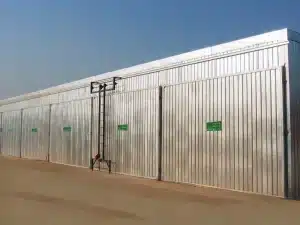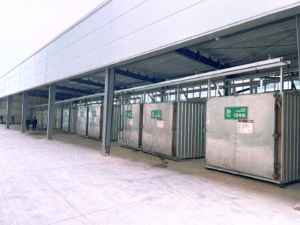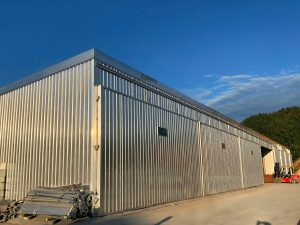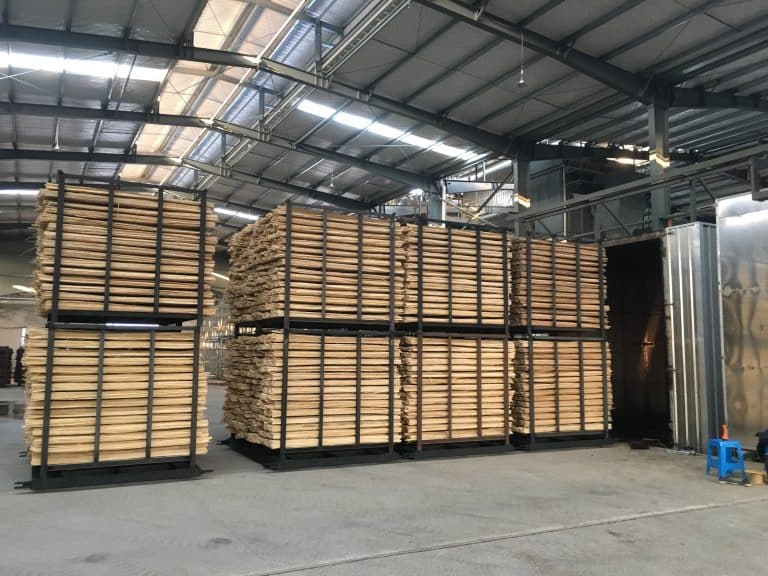
Introduction: Why Bamboo Needs Precision Drying and Heat Treatment
Bamboo is a sustainable, fast-growing material widely used in flooring, outdoor decking, furniture, kitchenware, and stationery products.
However, raw bamboo contains high moisture, internal stress, sugars, and starch that make it vulnerable to:
- Warping and deformation
- Mold and insect attack
- Color inconsistency
- Cracking during machining
To overcome these issues, bamboo manufacturers rely on industrial bamboo thermal modification kilns (heat treatment plants) to stabilize the material and enhance its commercial value.
What Is Bamboo Heat Treatment?
Bamboo heat treatment (thermal modification) is a controlled process where bamboo is exposed to 160°C–250°C (320°F–482°F) inside a sealed, oxygen-free thermal modification kiln.
Core Characteristics of the Process
- High temperature: 160–250°C
- Oxygen-free environment: prevents burning and chemical degradation
- Precision control: temperature, humidity, and airflow are optimized in a heat treatment plant
- No chemicals: 100% environmentally friendly
- Final result: stable, durable, and aesthetically pleasing bamboo
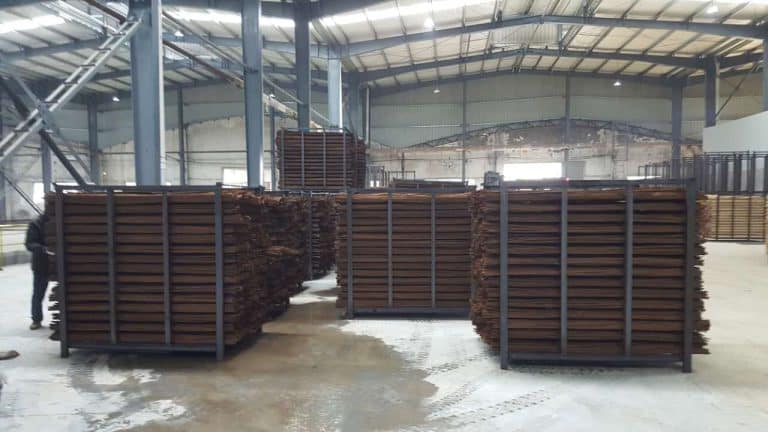
How Thermal Modification Kilns Improve Bamboo Properties
The heat treatment process fundamentally changes the bamboo’s cell structure.
1. Improved Dimensional Stability
High temperatures reduce bamboo’s hygroscopicity, meaning it absorbs less moisture.
✔ Less swelling
✔ Less shrinking
✔ More stable under humidity changes
Ideal for flooring, wall panels, stationery (e.g., pencils), and bamboo furniture.
2. Enhanced Resistance to Decay & Insects
Thermal modification alters the sugars inside the bamboo— the primary nutrition source for insects and fungi.
✔ Higher durability
✔ Better performance outdoors
✔ Longer service life
Perfect for outdoor decking, exterior cladding, and garden products.
3. Rich, Uniform, and Premium Color
The process naturally darkens the bamboo to a warm, uniform brown tone—similar to teak or walnut.
✔ Eco-friendly color (no chemicals)
✔ High-end appearance
✔ Consistent color for mass production
Great for kitchenware, decorative items, and premium bamboo stationery.
4. Eco-Friendly and Chemical-Free
No preservatives, no coatings, and no toxic additives.
Heat alone delivers all improvements, making the final product ideal for environmentally conscious brands.
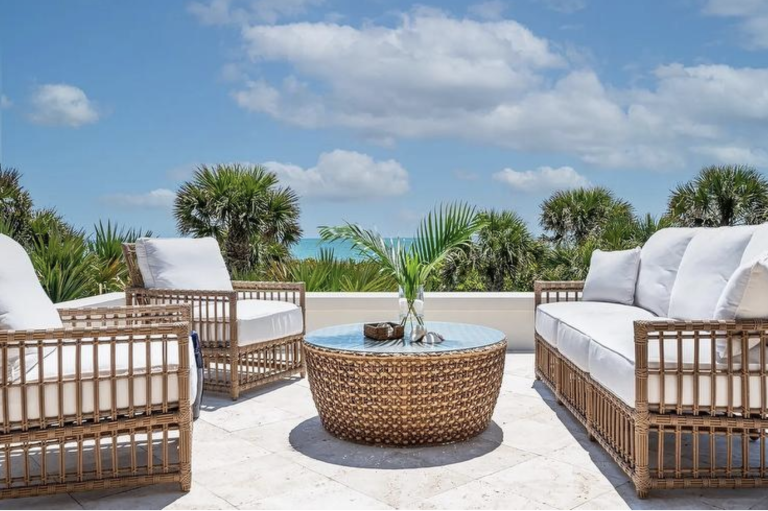
Applications of Heat-Treated Bamboo
1. Flooring & Interior Panels
- Minimal deformation
- Rich color
- Long-term stability
Widely used in residential and commercial flooring.
2. Outdoor Decking & Exterior Products
- Weather resistance
- Higher decay resistance
- Long service life
- Suitable for decking, pergolas, outdoor furniture, and cladding.
3. Furniture Manufacturing
- Premium color
- High dimensional stability
- Strong mechanical properties
Ideal for tables, chairs, cabinets, and minimalist bamboo designs.
4. Kitchenware
- Chemical-free processing
- Enhanced durability
- Hygienic and stable
- Used for cutting boards, utensils, knives handles, and trays.
5. Stationery Products (Pencils, Brush Handles, Rulers)
- Reduced water absorption
- Stable shape for precision tools
- Beautiful, uniform color
Why Choose a Thermal Modification Kiln for Bamboo?
A Professional Heat Treatment Plant Offers:
- Accurate temperature control (160–250°C)
- Oxygen-free modification environment
- Industrial-grade safety systems
- Automated drying curves
- Consistent quality for large batches
- Low energy consumption (depending on biomass or electric options)
For bamboo factories, flooring plants, and bamboo product exporters, a thermal modification kiln is the key to upgrading product performance and market competitiveness.
Conclusion
Bamboo heat treatment using thermal modification kilns is transforming the bamboo industry. With improved dimensional stability, decay resistance, premium color, and eco-friendly processing, heat-treated bamboo is now widely used in:
✔ Flooring
✔ Outdoor decking
✔ Furniture
✔ Kitchenware
✔ Stationery products
If your business requires stable, durable, and visually appealing bamboo materials, integrating a bamboo dryer or heat treatment plant can significantly enhance your production quality and global competitiveness. Learn more at TECH DRYING.
What is bamboo heat treatment?
Bamboo heat treatment is a high-temperature process (160–250°C) in an oxygen-free thermal modification kiln that improves bamboo’s stability, durability, and resistance without chemicals.
Why is thermal modification better than traditional bamboo drying?
A traditional bamboo dryer removes moisture, but thermal modification changes bamboo’s cell structure, making it more stable and more resistant to insects and decay.
What products use heat-treated bamboo?
Heat-treated bamboo is widely used in flooring, outdoor decking, kitchenware, furniture, stationery items (like pencils), and decorative products.
How does a thermal modification kiln work?
A thermal modification kiln heats bamboo in a sealed oxygen-free chamber, using precise temperature curves to modify its structure and color.
Can bamboo be used outdoors after heat treatment?
Yes. Heat-treated bamboo has significantly improved weather resistance and is ideal for decking, cladding, and outdoor garden products.
Is heat-treated bamboo environmentally friendly?
Yes. The process uses only heat and steam with no chemicals, making it safe for kitchenware, indoor use, and eco-friendly product lines. and outdoor garden products.

